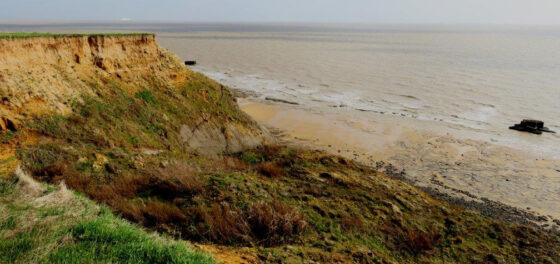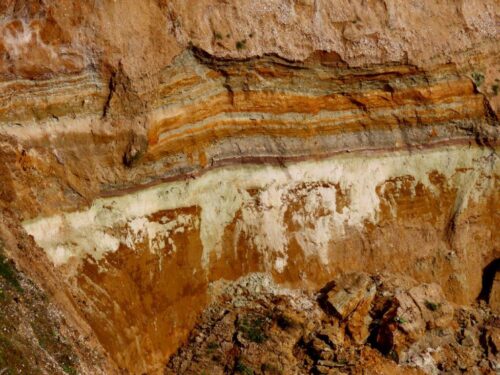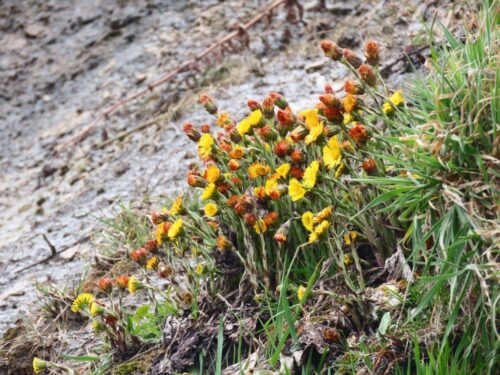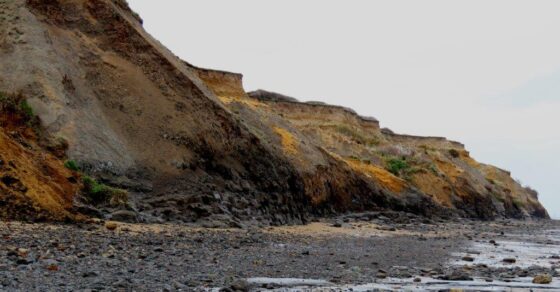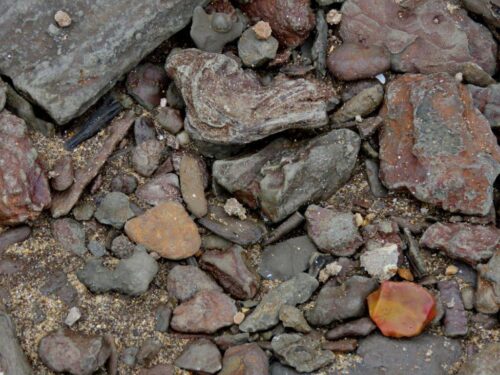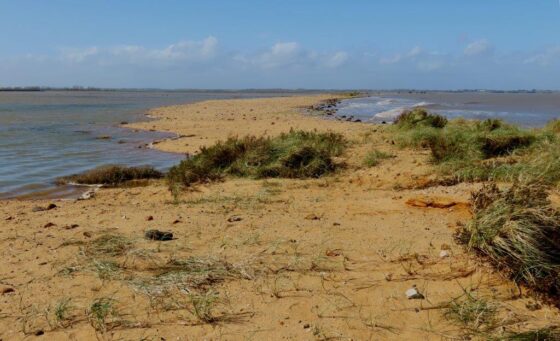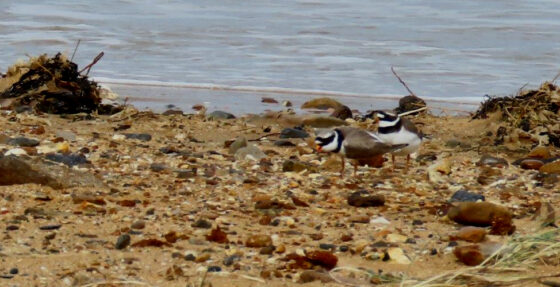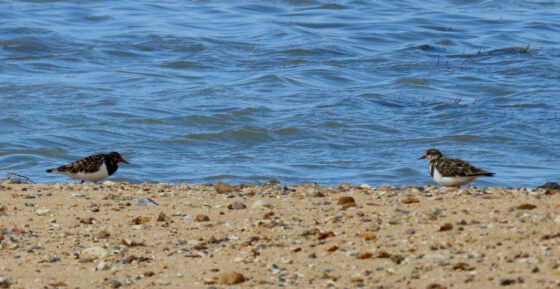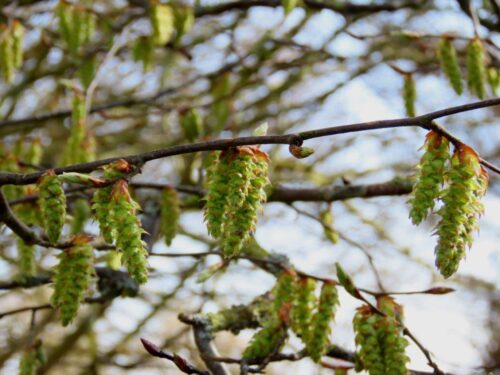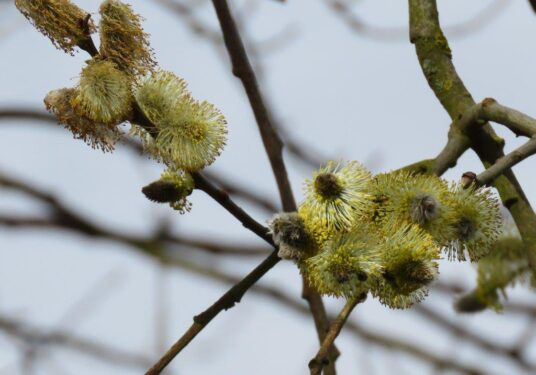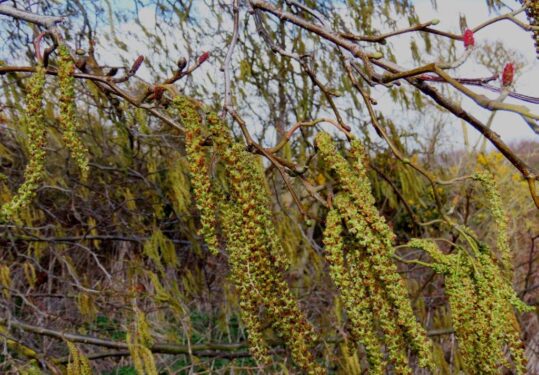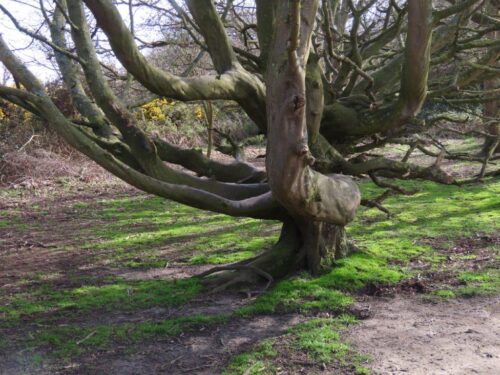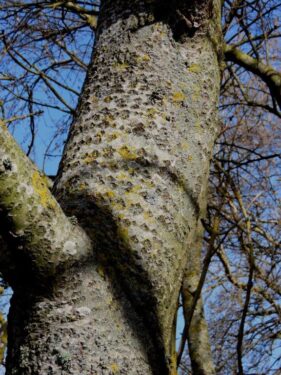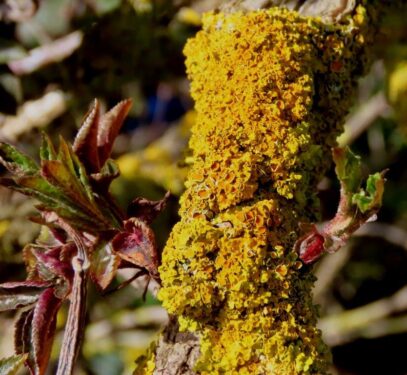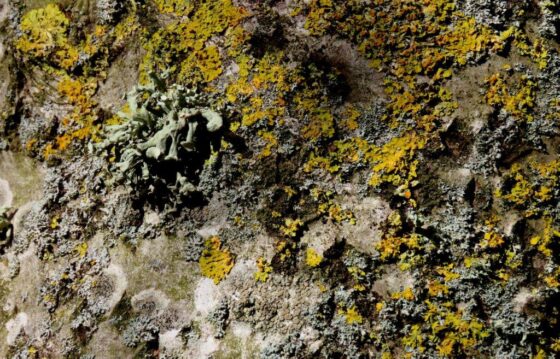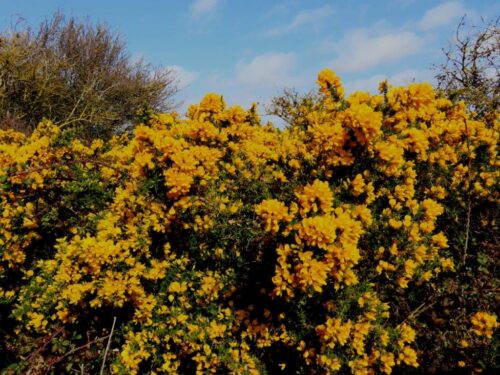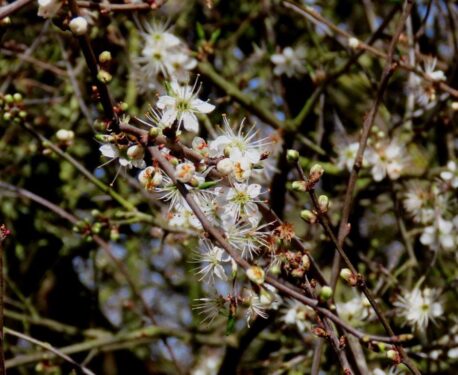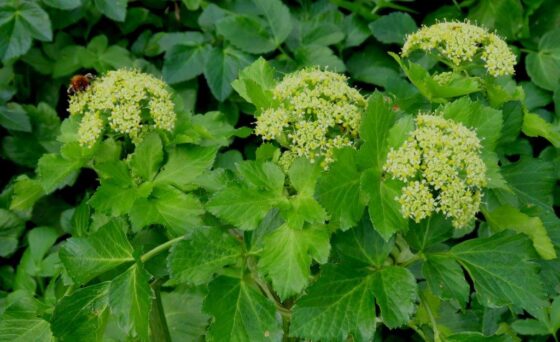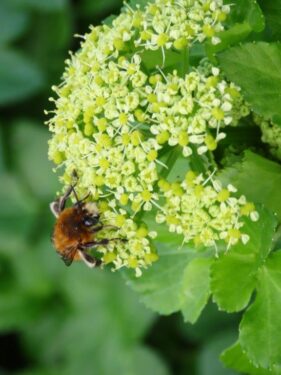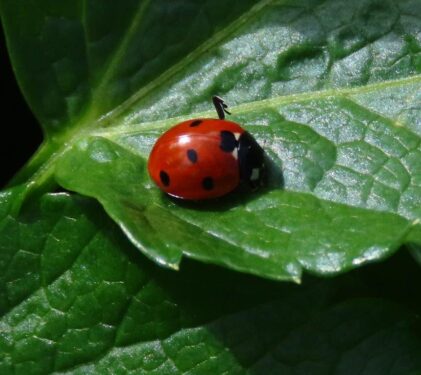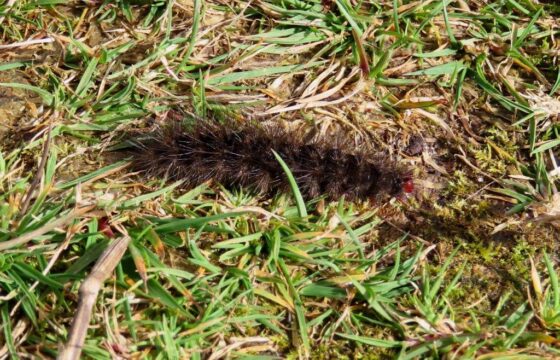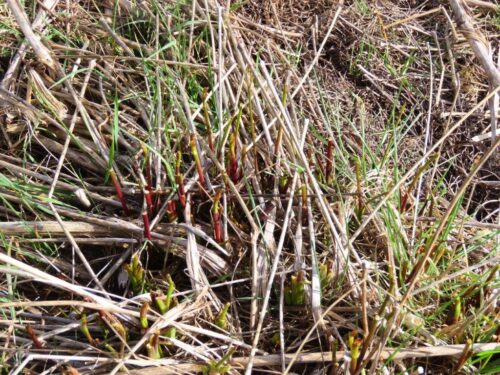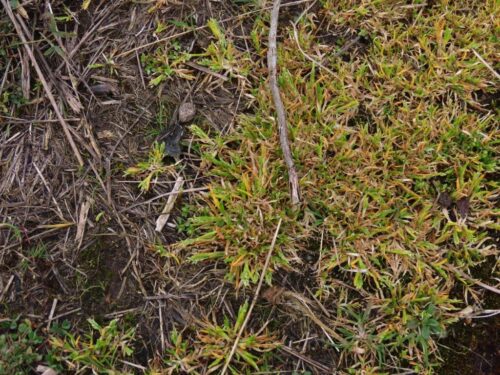March at the Naze is always unpredictable weather-wise, but one constant feature is the wind! And so it proved, with 20-30+mph winds whipping across the headland, penetrating every nook and cranny, ensuring the bird life in particular remained well-concealed.
However in spells of springy sunshine the Red Crag cliffs were afire, brought to life by the blooming of Colt’s-foot on the slipping undercliff….
…. although by the time we made it onto the beach, the cloud had gathered, rain was imminent, the gloom mirrored in the London Clay and the beach clothed with pyritized wood and copperas after recent sand erosion from the foreshore.
A very high tide required a rejig of the our planned route, and meant there were rather few shorebirds. But most species were present and correct, Ringed Plovers seemingly the most numerous, and already noisily getting down to territorial display.
A few Turnstones, Dunlins, Sanderlings and other waders provided good opportunities for side-by-side comparison, while other waterbirds included Brent Geese, numbers already seemingly reduced by spring migration back towards Siberia, and a Woodcock that flew from our path through a copse, always a bonus bird.
But the wind kept most scrubland birds out of sight; Chiffchaffs and Cetti’s Warblers were singing well, maybe eight of the latter being a high number and a good sign for its continued spread into the drier scrub areas of the site.
The few trees on the windswept headland were just coming into their own, Hornbeam, Sallow and Alder all festooned in catkins….
…. while the absence of leaves make it all the easier to appreciate the weird and wonderful growth forms (Hornbeam), the distinctive pattern of diamond-shaped lenticels (White Poplar) and the natural lichen art on the trunks.
Gorse of course was in flower, against a blue sky a fitting tribute to the ongoing troubles of the Ukrainian peoples, along with Blackthorn just bursting into bloom….
… while the most important nectar source at the moment seems to be Alexanders, attracting solitary bees and dung flies aplenty. However much criticism can be levelled at alien plant, this is one such that really earns at keep at a time of year when native nectar sources are at a premium.
Insect life was not especially evident, given the wind, but three species of butterfly (Comma, Brimstone and Peacock) appeared in sheltered corners, along with nest-questing queen Buff-tailed Bumblebees, a few basking 7-Spot Ladybirds, a Hawthorn Shield-bug and a larval Cream-spot Tiger moth.
So, something for everyone in windy Wild Essex, even if the late Spring and the ferocity of the elements meant we found ourselves admiring ‘less obvious’ things like the newly sprouting shoots of Sea Hog’s-fennel (rarest plant of the day) and the acid-green fringe of Early Meadow-grass along the path sides, a former rarity, recent arrival and success story of climate collapse!
